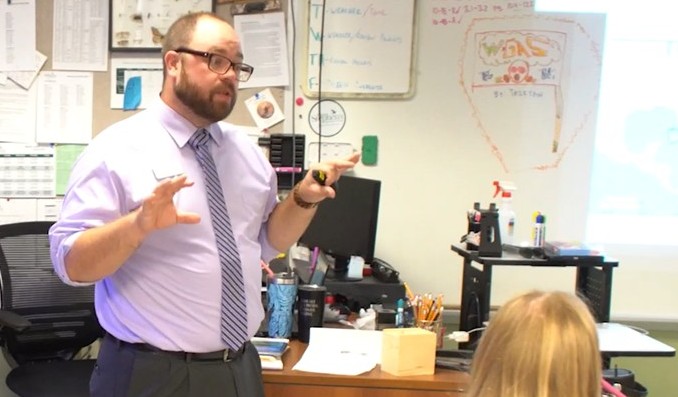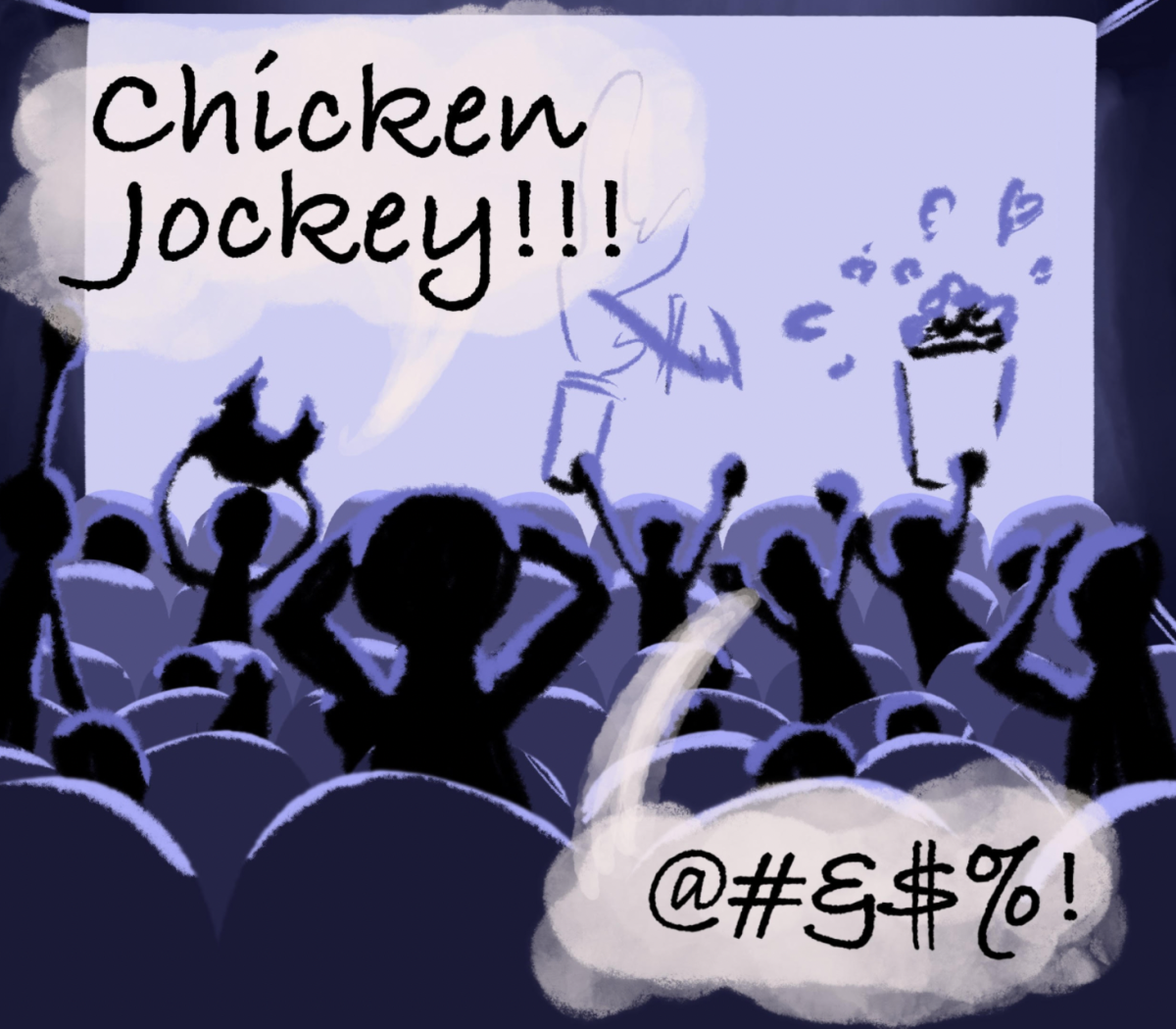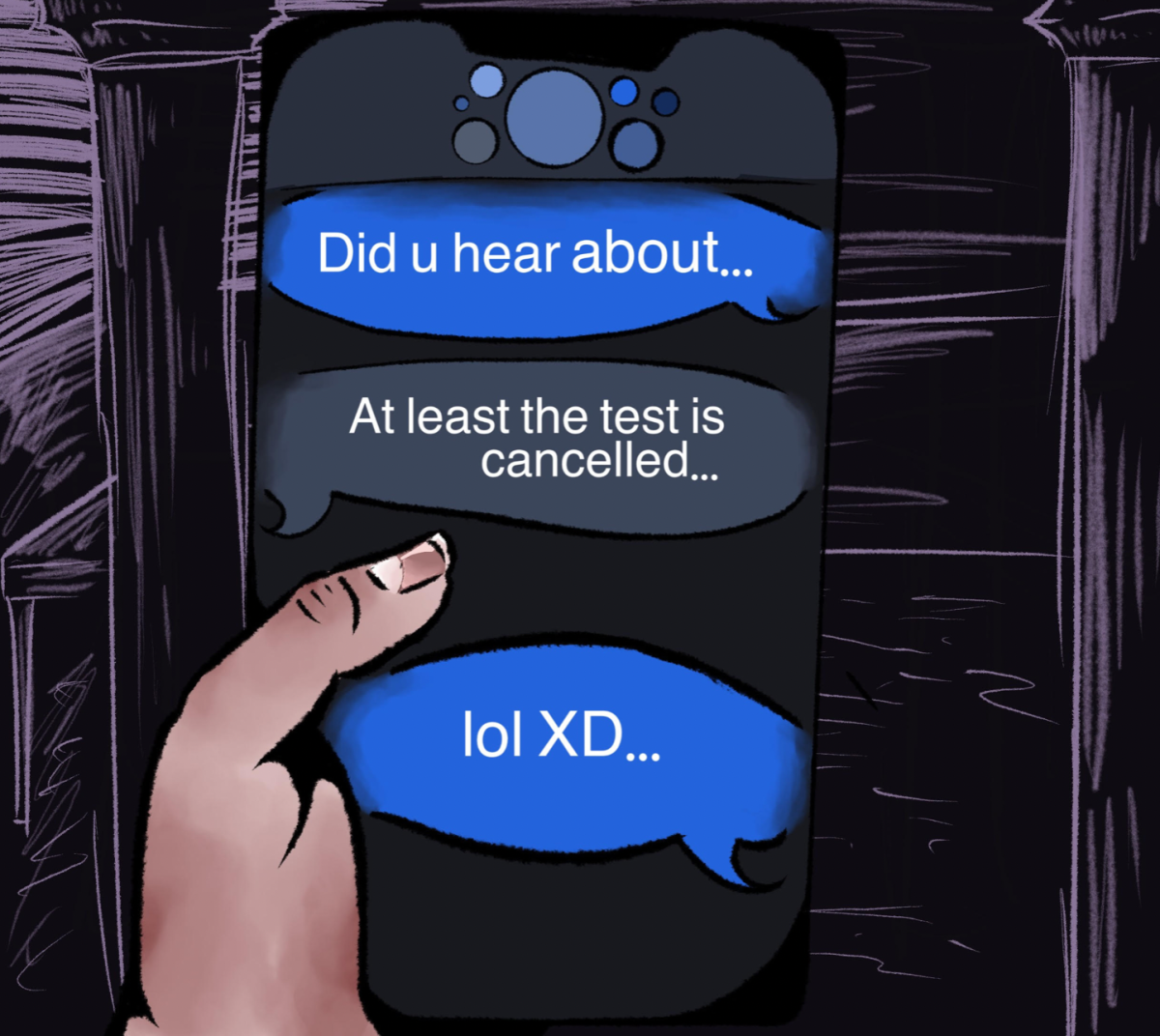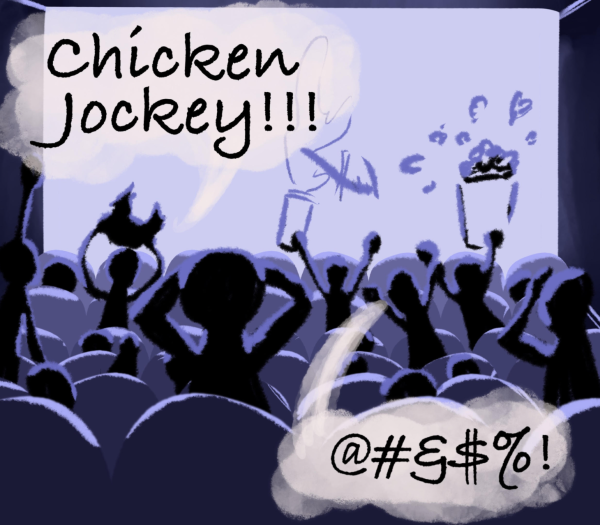Is cursive making a comeback?
Although cursive is being used less and less, the writing style actually has tons of benefits.
Schools should teach cursive due to the many benefits that it has.
April 19, 2021
Before coming to Saint Stephen’s, I had been to four other schools, none of which taught cursive. I could barely even read it. The majority of the other students in my class had been attending SSES for years and learned how to the art for script in the second or third grade.
In the Intermediate School at the time, faculty encouraged students to write in cursive for most assignments. After practicing every day for months, I managed to master the skill, and I noticed that learning cursive actually improved my ability to write by hand overall as I was writing faster and neater.
Now when you think about cursive, the first things that probably come to mind are “nobody even uses it anymore” and “it’s obsolete.”
Although the old-fashioned writing style is being used less and less, I believe that everyone should still be taught it in school as there are actually many benefits.
Obviously, the writing style is faster and more efficient, as your pen never has to leave the paper, but it has also been proven that writing in cursive engages the parts of the brain that improve memory function.
Writing in cursive has also been proven to improve spelling ability through muscle memory. The hand learns the memory of different patterns through fluid movements that are used repeatedly.
According to the New York Times, the College Board reported that less than 15% of those who take the SAT Essay actually write it in cursive. Those who do write in cursive on the writing portion of SAT, on average, score a few points higher than those who use print. Up until several years ago, students were actually required to write in cursive on the PSAT.
In 2010, the Common Core Standard, which many public schools across the country follow, announced learning cursive would no longer be a part of the curriculum due to the large amount of time and practice that it takes to master.
Even though cursive writing has been eliminated in many classrooms, some states have begun to bring it back into public schools, mostly due to demand by parents.
As of last year, 21 states have some sort of requirement for public elementary school students to learn the skill. Most of them have students learning cursive starting in second or third grade and mastering it by fourth or fifth grade.
Just last year, Governor Ron Desantis introduced new educational standards that would replace Common Core in Florida public schools. The new standards will require all students to learn cursive starting in third grade and mastering the skill by fourth grade. By the time students are in fifth grade, they would be encouraged to write all assignments and projects in cursive as well. They would also be required to do a study of the United States Constitution and other historical documents which are all in cursive.
So, although cursive is being used way less than in previous years, it is still an important and valuable writing skill.





























































Jeannine Elisha • Apr 20, 2021 at 12:04 pm
I think this is great news. I always feel bad when a student asks me what the board says because he or she can’t read cursive.